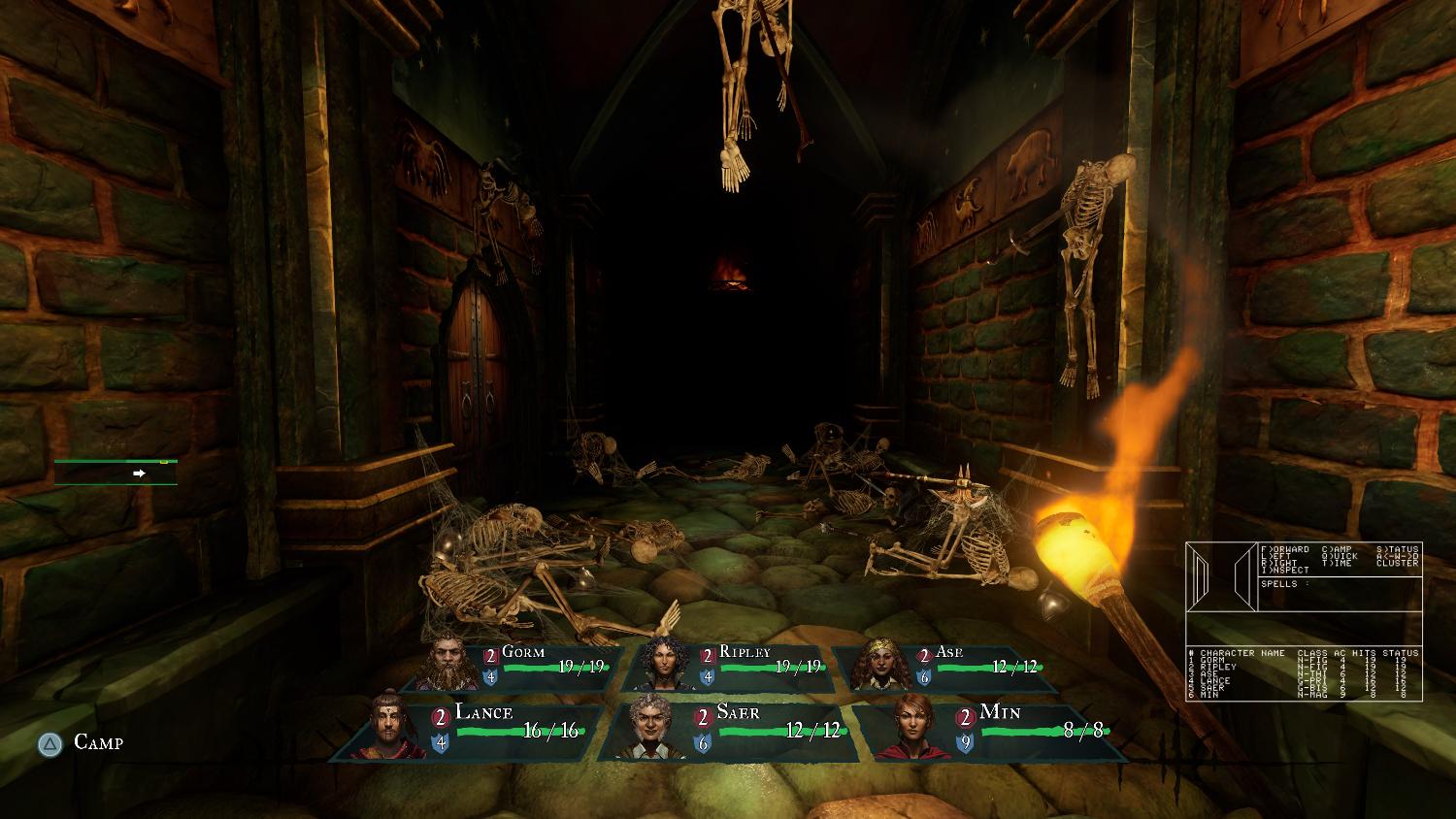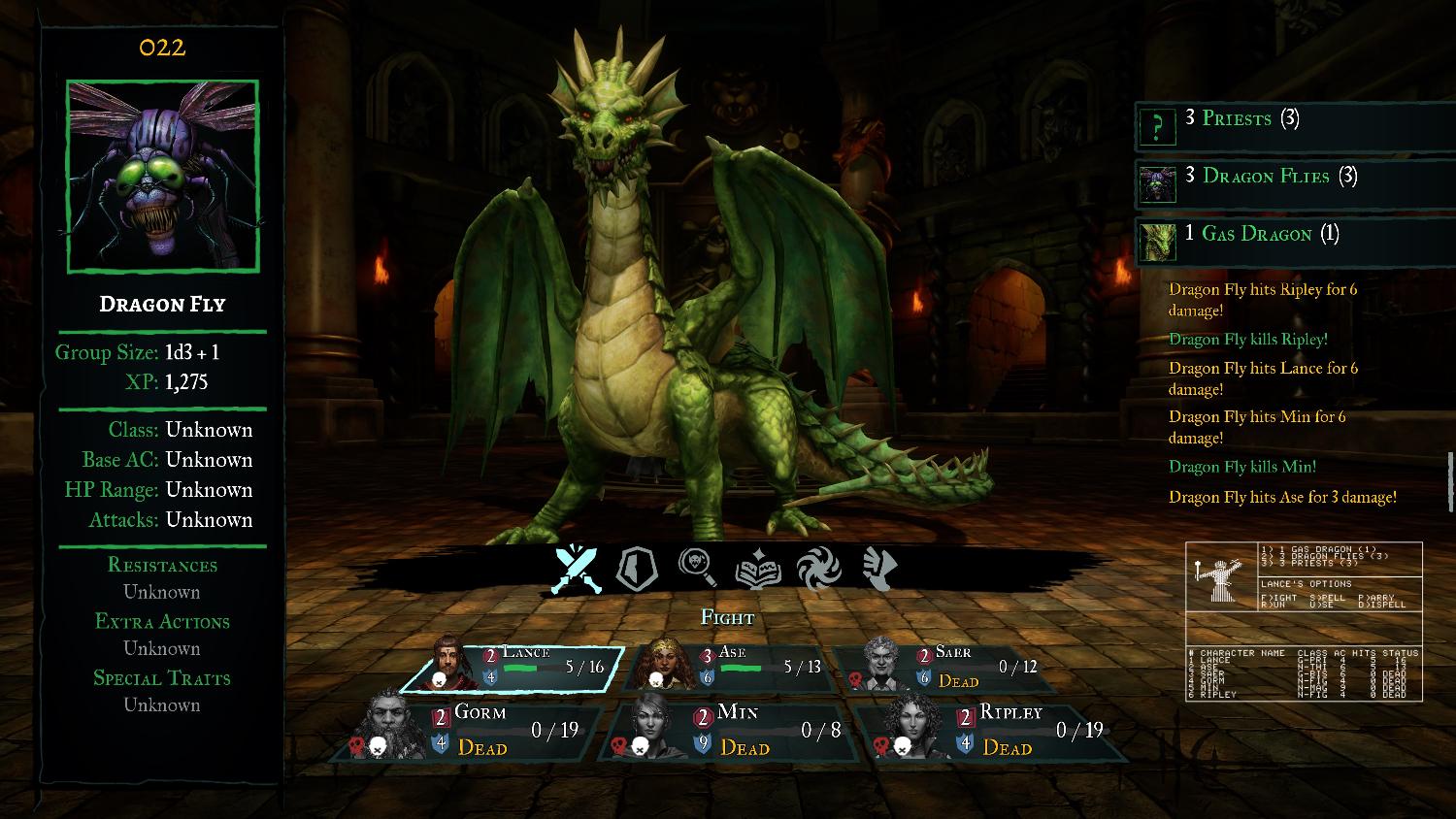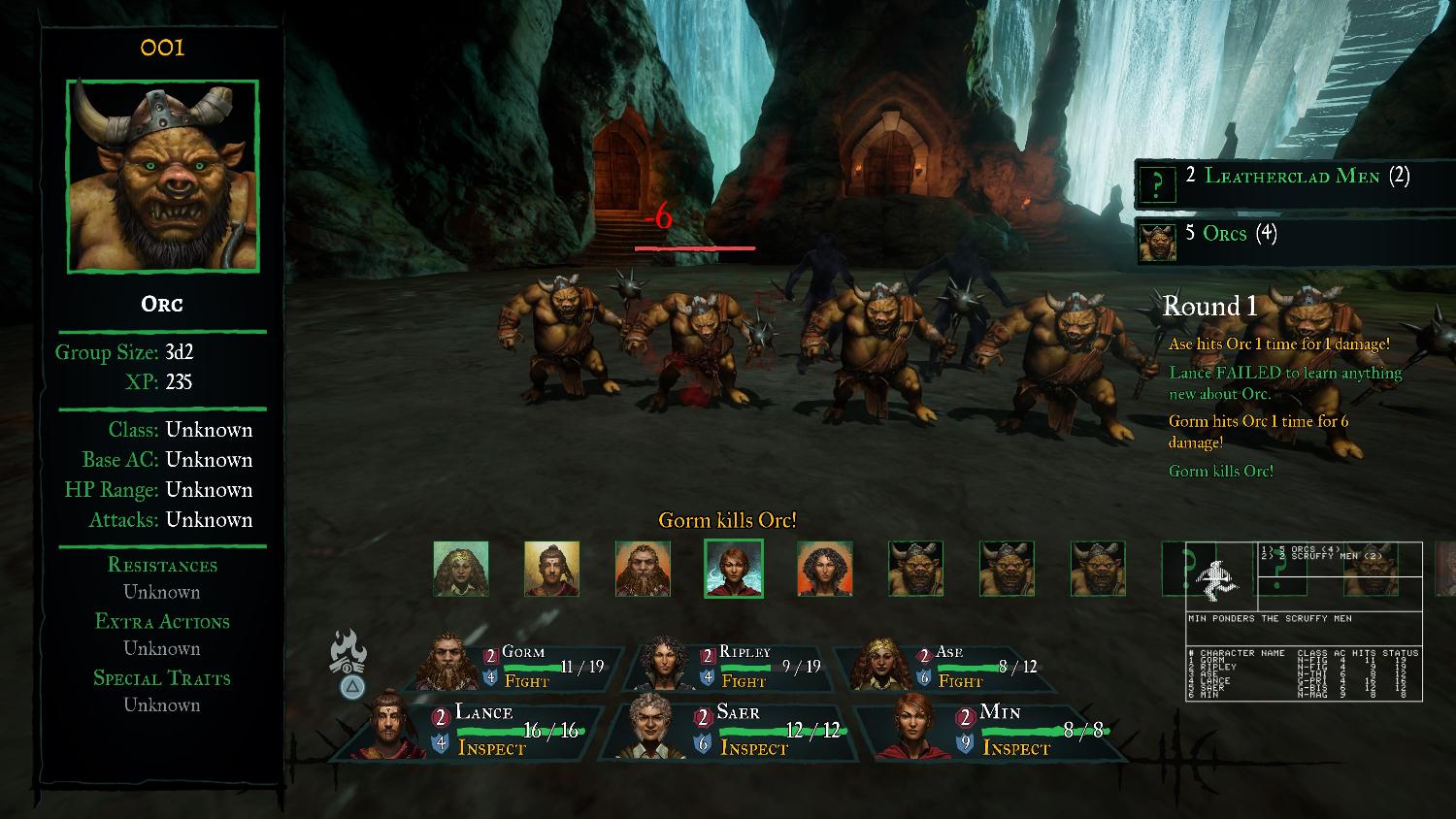Existing User Log In
New User Registration
Register for a free account to gain full access to the VGChartz Network and join our thriving community.





America - Front


America - Back

Digital Eclipse
Role-Playing
 (Add Date)
(Add Date) (Add Date)
(Add Date) (Add Date)
(Add Date)
| Owners: | 0 |
| Favorite: | 0 |
| Tracked: | 0 |
| Wishlist: | 0 |
| Now Playing: | 0 |
Few games loom as large over the electronic role-playing space as the original Wizardry, released on Apple II in September 1981. As one of the earliest computer role-playing games built in the style of Dungeons & Dragons, and the first where the player controls an entire party instead of a single character, Wizardry: Proving Grounds of the Mad Overlord — along with Ultima and its progeny — set the stage for generations of RPGs to come. To honor the legacy of the seminal game, and to simultaneously make it more palatable for modern audiences, the port masters at Digital Eclipse have produced a 3D remake that introduces significantly upgraded visuals and optional quality-of-life adjustments.
Although Digital Eclipse has given Proving Grounds of the Mad Overlord a full graphical overhaul and tweaked the accessibility settings considerably, the story and setting remain the same. The game takes place in a medieval town ruled by Overlord Trebor. After Trebor's former friend and advisor, the wizard Werdna, stole his prized amulet and escaped into the subterranean maze beneath the town, the overlord sent out a call far and wide for adventurers willing to brave the labyrinth and reclaim his lost treasure. You are one such adventurer.

As for storytelling, that's about it. The remake of Proving Grounds of the Mad Overlord, true to the original title, isn't interested in narrative. There's a villain, a MacGuffin, and a maze, and that's about it. Would additional NPCs, quests, and plot points help? Absolutely. But the game works just fine as is. This is an old-school first-person dungeon crawler, after all. It's much more Advanced Dungeons & Dragons than the 5th Edition modern players are used to.
Consequently, the game is unforgiving. If you delve too deeply or too greedily, you will end up regretting it. Player deaths come easily for the unprepared, as do total party kills (TPKs) if you stretch yourself too thin. Indeed, it's not uncommon to lose an entire platoon of adventurers to traps, deadly monsters, disorientation, or some unlucky combination of all three. If that happens, well, you just have to roll up a new party and start again. If you're skilled enough, you can recover their bodies, bring them to the surface, and attempt to resurrect them — for a fee.

This dynamic, in which characters are expendable and death lurks around every corner, produces effects both good and bad. The good part is that Proving Grounds of the Mad Overlord demands thoughtful, tactical decision-making and rewards careful, methodical play. It encourages you to build a balanced, effective party, complete with front-line fighters, offensive spell-casting mages, restorative priests, and sneaky thieves. It prompts you to explore slowly and steadily, to return often to town to rest and level up at The Adventurer's Inn, and to use hard-earned gold to buy new equipment at Boltac's Trading Post.
The not-so-good part is that characters aren't truly characters — they're really stat blocks with faces — and the action becomes repetitive as you attempt to skirt the dangers of the maze. Because the game constantly auto-saves, and because a TPK can set you back hours, the safest way to play is to descend one floor, grind for experience, retreat to safety, level up, and descend again to do it all over again.
Luckily, this isn't 1981 anymore, and Digital Eclipse has made several adjustments to make the game less monotonous and punishing — although the changes haven't eliminated tedium altogether. The "modern" feature set includes more flexible options for starting attribute points, character advancement, facilities, maze exploration, and combat.

The Inn, where characters rest and heal, and the Temple, where for a fee players can attempt to resurrect their favorite adventurers, have been expanded with new benefits. An ambient map follows the party wherever it goes in the labyrinth, marking their immediate perceived surroundings. All the "bad stuff" that can happen to a deceased party in the maze — lost items, pilfered gold, unrecoverable characters — is disabled. One of the most significant additions is action redirection, which refocuses or cancels an attack or spell if the original target is no longer available. In the original Proving Grounds of the Mad Overlord, attacks against enemies that no longer exist are lost, and spells will still fire off and consume spell points.
All these changes make the remake far more tolerable than the original. Those who crave the masochistic thrill of the 1981 version shouldn't fret, however. In their wisdom, Digital Eclipse retained all the classic old-school options in "original" mode. They also included "console" presets in line with the home ports of the premier Wizardry game. And you can mix and match to your heart's content.

Even with all the "modern" features enabled, this new version of Proving Grounds of the Mad Overlord remains a demanding, harsh game. As a result, you'll need to put in a couple dozen hours at least to reach the final floor and complete your quest. Depending on how many party wipes and subsequent restarts you experience, it might take even longer.
In addition to multiple mechanical tweaks and quality-of-life fixes, Digital Eclipse has given this remake a fresh coat of paint; and the results are outstanding. There's a dramatic night-and-day difference between the text-heavy 1981 original, with its small first-person perspective drawn in simple line graphics, and the Unreal Engine version, which, thanks to fully 3D models and realistic lighting, convincingly transports you to the stony, musty maze deep below town. While the remake is technically built on top of the Apple II version (a port of the Pascal code runs within the Unreal Engine) it looks and feels like something brand new. Gas clouds appear as multi-colored cosmic horrors. Vorpal bunnies, despite their small stature, intimidate with red eyes and blood-soaked mouths. Zombies are shuffling, shambling desiccated corpses with mottled green skin dotted with patches of white bone.

While the graphical changes are most welcome, there are a couple of spots where they could have been even more effective. Inside the labyrinth you’ll often see the same walls, doors, and staircases, regardless of which floor you’re on, and the above-ground facilities, while lovely to behold, are really just facades with menus. It would be nice to be able to peek inside.
In an opening letter to its players, before the game even begins, Digital Eclipse notes the following: "Our primary goal is to make the original game accessible to modern players while remaining faithful to the original feel and gameplay." Judged against that standard, the remake of Proving Grounds of the Mad Overlord is a success. It retains the spirit of the groundbreaking 1981 Apple II game and makes it more approachable, less exhausting, and far more glamorous than ever before. Sometimes it hews too closely to the original, resulting in tedious, taxing gameplay, but in general it delivers a dungeon-crawler worthy of the Wizardry name.









